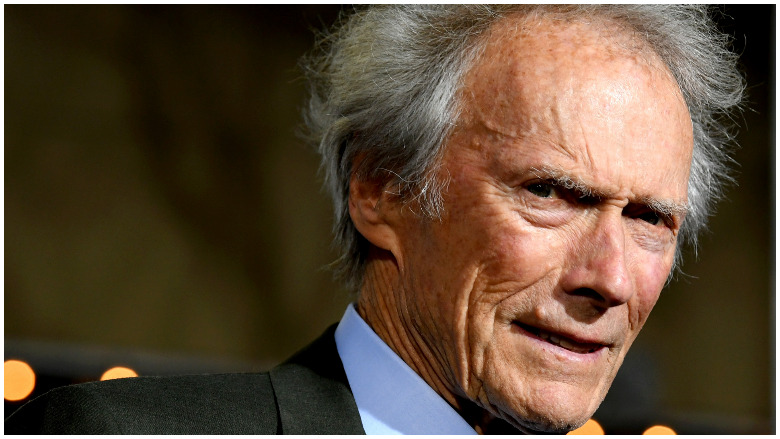
Getty What is the real story of The Mule?
In The Mule, Clint Eastwood plays an almost 90-year-old florist who turns to running drugs for a Mexican cartel after his business goes belly up due to the Internet, and the bank forecloses on his home. (Warning: There will be spoilers for the movie The Mule in this article.)
However, is The Mule a real story? Was there really an elderly man like Eastwood’s Earl Stone who was a drug mule for a cartel? What’s true and what’s not?
The answer is that, yes, to some degree The Mule was based on a real story. However, there is a disclaimer at the end of the movie reminding viewers that it is fictionalized. Basically, the filmmakers took the outline of the real story but changed details in it, including the main character’s name.
The Earl Stone character appears to have been loosely based on the life of an Indiana man named Leo Sharp. Bradley Cooper’s DEA agent was loosely based on Michigan’s Jeff Moore. In real life, the drug lord behind the operation was the infamous El Chapo (in the movie, he’s played by Andy Garcia and meets a bloody end).
Here’s what you need to know:
Leo Sharp Was a Top Courier for the Sinaloa Cartel
In 2014, New York Times Magazine ran a lengthy story called “There’s a True Story Behind ‘The Mule’: The Sinaloa Cartel’s 90-Year-Old Drug Mule.” You can read it here.
According to the article, a team of DEA agents – led by Jeff Moore – in Detroit brought down a massive Sinaloa-run drug operation (the leader of the Sinaloa cartel, Joaquín Guzmán Loera, is better known as El Chapo and currently sits in an American prison). This is one way The Mule differs from real life; in the movie, the drug operation is centered in Chicago.
As in the movie, the agents stumbled on the fact (through a ledger, as the movie shows) that one mule was known as Tata and was responsible for transporting large amounts of cocaine, according to the magazine article. They did take Tata down in a sting on a highway as he drove a pickup, The Times reports.
The man officers stopped was 87 and was a World War II veteran (not a Korean War veteran like Eastwood in the movie) and he acted confused when stopped, according to The Times, which added that Leo Sharp did actually grow day lilies in real life.
Sharp’s lawyer told The New York Post in an interview: “I don’t think state troopers and highway patrolmen were suspicious of an elderly man driving cross-country.” Over time, he delivered “more than a ton” of cocaine, ferrying it in a Lincoln pickup truck, The Post reported, adding that he did run a florist business that went under because of his refusal to adapt to the Internet.
Leo Sharp allegedly had a drug running past that Clint Eastwood’s character Earl doesn’t have in the movie, though. “During the early 2000s, it has been alleged by the federal government in court, he drove marijuana and cocaine east from the West Coast for an unknown entity,” The Post reported.
The author of the New York Times magazine story is named Sam Dolnick. In a 2018 article, he explained more about the story. “I spent months trying to understand how Mr. Sharp, a grandfather and World War II veteran, wound up working for the Sinaloa drug cartel,” he wrote, adding that he never completely figured out what motivated Sharp. He noted that some aspects of the movie were fictionalized to give Earl a back story, including his fondness for pecans and his problematic relationship with his daughter. Leo Sharp has since passed away.
READ NEXT: See Photos of the Real Characters Behind Narcos: Mexico